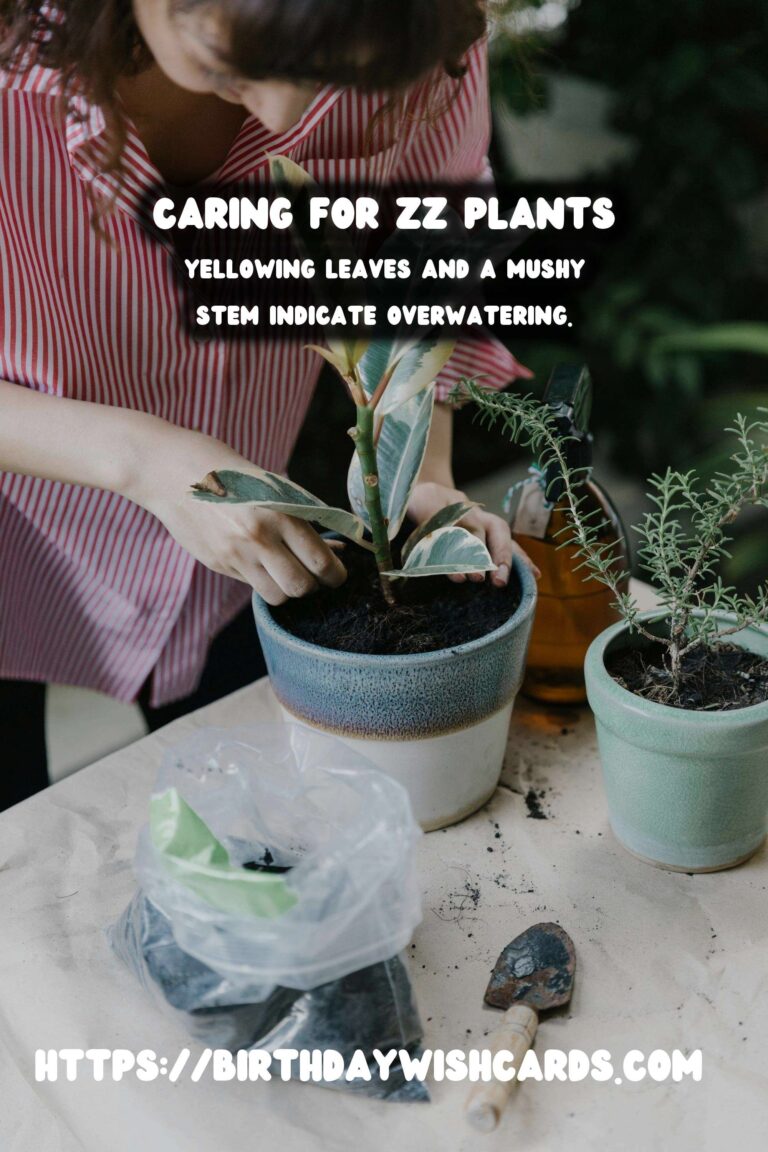
ZZ plants, known scientifically as Zamioculcas zamiifolia, are popular houseplants celebrated for their glossy leaves and resilient nature. While they are relatively easy to care for, knowing when to water less is crucial for maintaining their health and vibrancy.
Understanding the ZZ Plant’s Natural Habitat
Originating from Eastern Africa, ZZ plants are accustomed to arid conditions with infrequent rainfall. This natural adaptation means they thrive under similar conditions when kept as houseplants. Overwatering is one of the most common mistakes that can lead to root rot and other health issues.
Signs That Your ZZ Plant Needs Less Water
One of the first signs that your ZZ plant may need less water is yellowing leaves. This discoloration indicates that the roots are too saturated. Additionally, if you notice a mushy stem or an unpleasant smell coming from the soil, it’s a clear sign of overwatering.
Optimal Watering Schedule
During the growing season, typically spring and summer, ZZ plants require more frequent watering. However, it’s still essential to allow the soil to dry out between waterings. In contrast, during the fall and winter months, the plant’s growth slows, and it requires less water.
Checking Soil Moisture
Use a moisture meter or simply insert your finger into the soil about two inches deep. If the soil feels dry, it is time to water. If it’s still moist, wait a few more days before checking again.
Improving Drainage
Ensuring that your ZZ plant is in a pot with adequate drainage is vital. Using a well-draining potting mix and a pot with drainage holes can help prevent excess water from accumulating at the roots.
Environmental Factors
Consider the environment where your ZZ plant is located. Humidity, temperature, and light exposure can all affect how much water your plant needs. In a more humid environment, water less frequently.
Conclusion
In conclusion, caring for a ZZ plant involves understanding its natural habitat and adjusting your watering schedule accordingly. By being attentive to the signs of overwatering and adjusting your care routine, you can ensure a healthy and thriving ZZ plant.
ZZ plants are resilient and thrive with infrequent watering. Yellowing leaves and a mushy stem indicate overwatering. Adjust watering frequency according to the season. Ensure adequate soil drainage to prevent root rot. Environmental factors like humidity affect watering needs. 


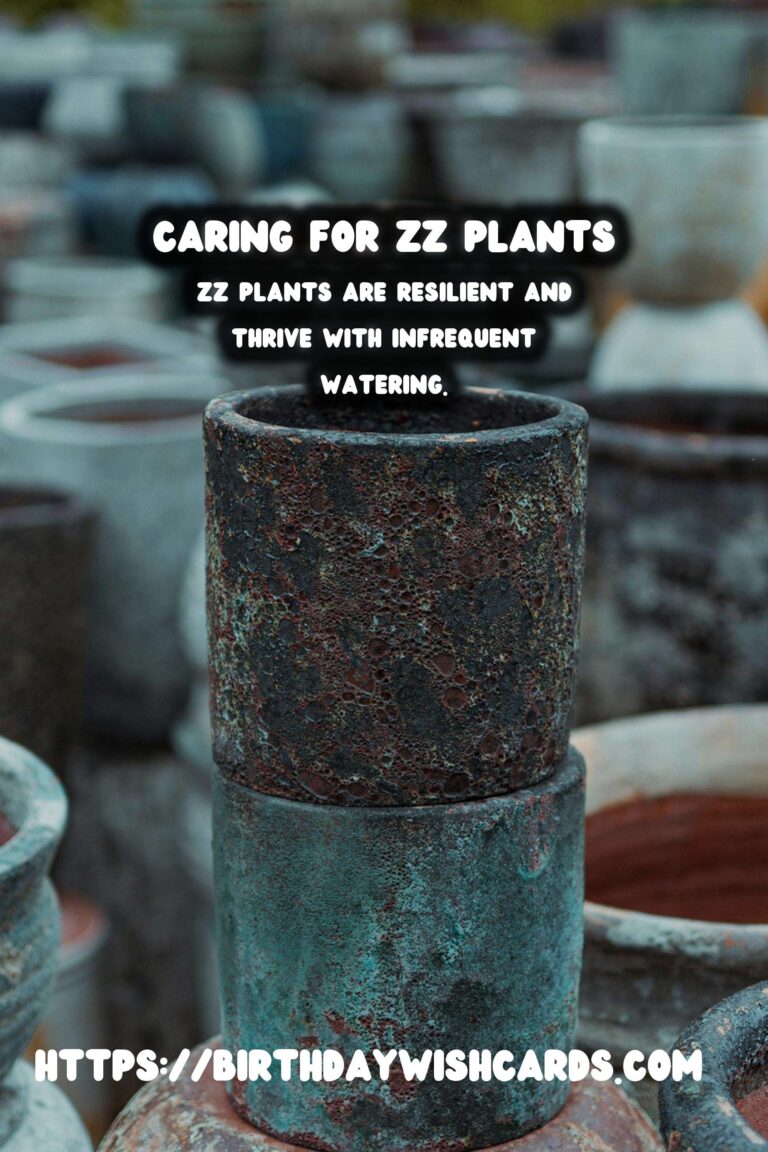

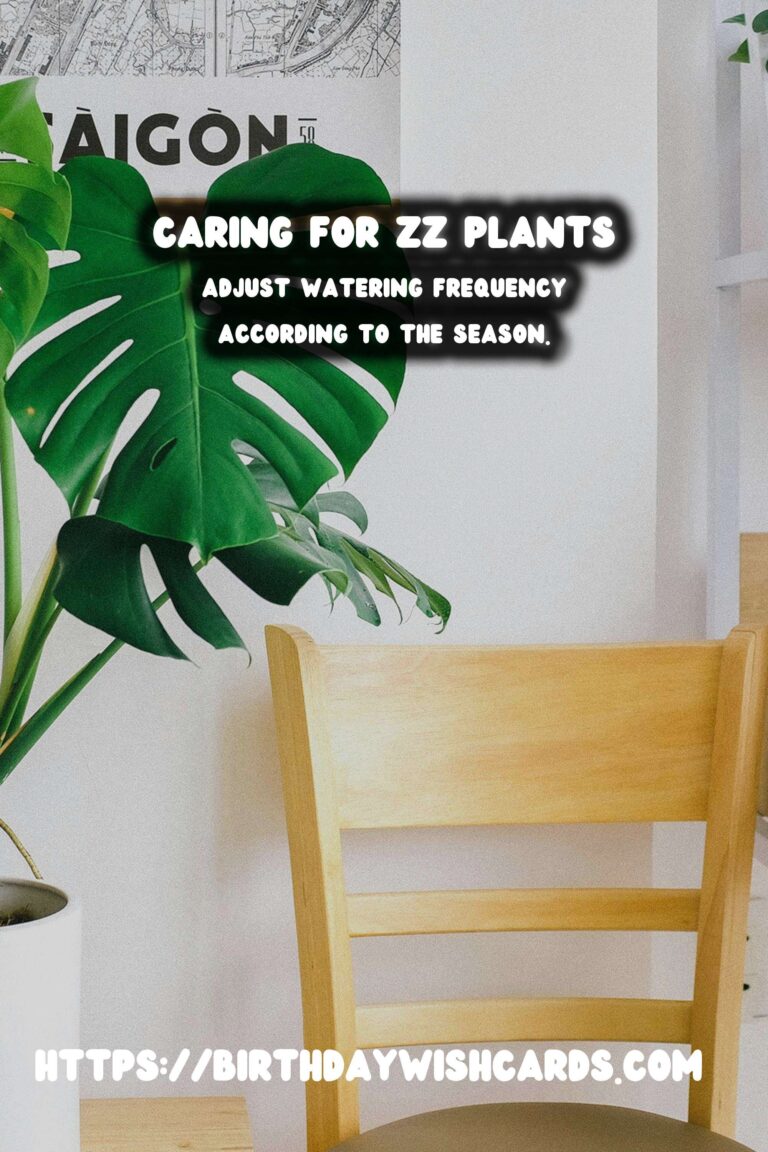
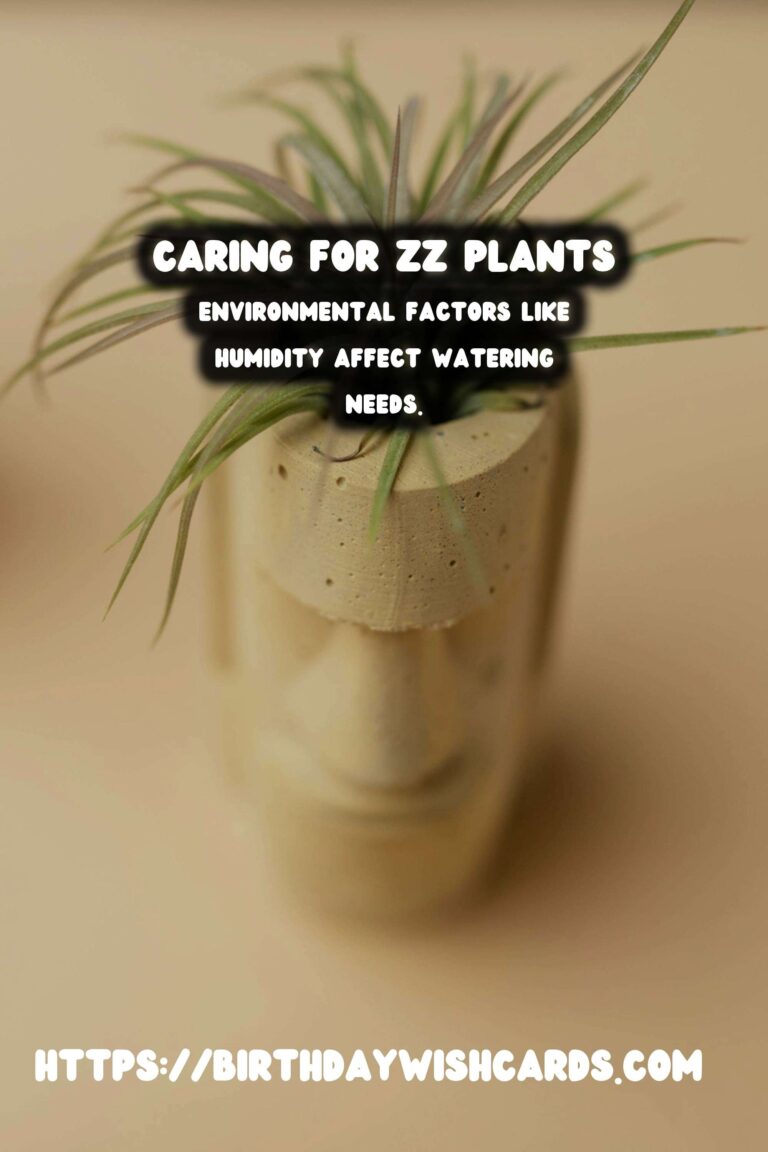


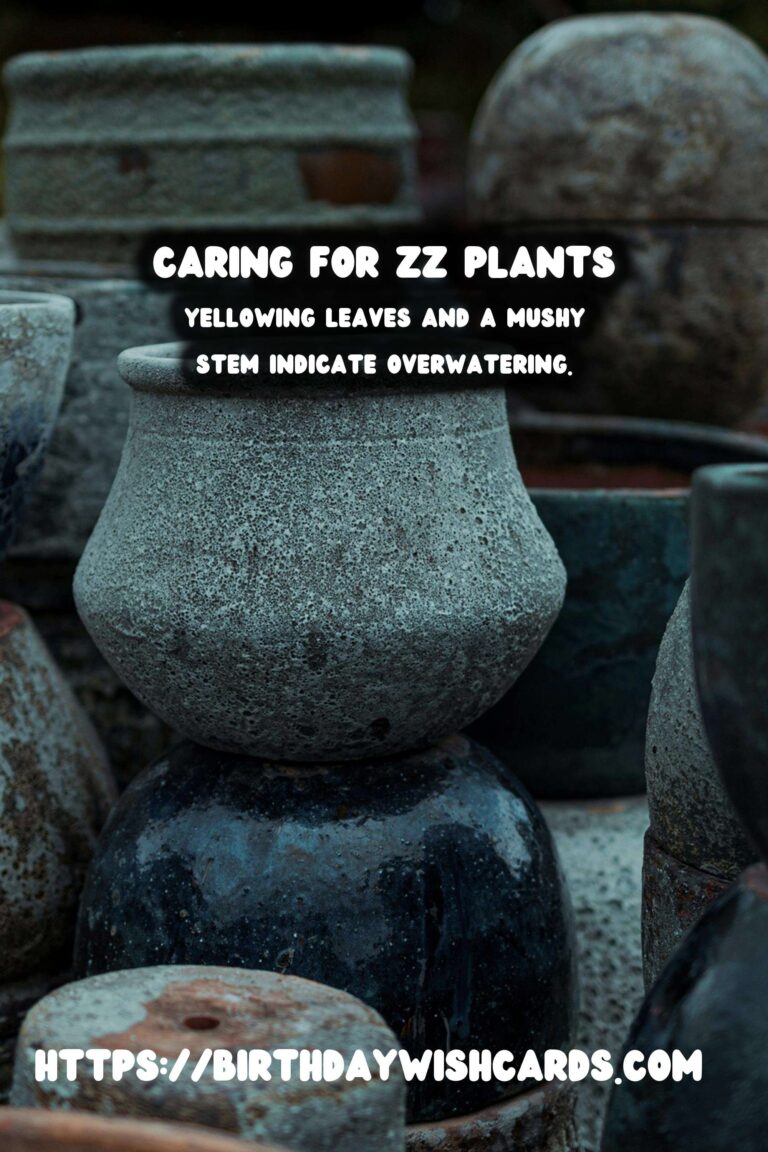
#ZZPlant #PlantCare #Houseplants #GardeningTips #PlantLovers




